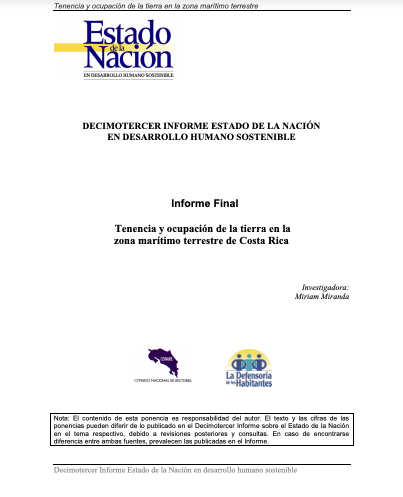Options and recommendations for a global remote sensing survey of forests
FAO has been coordinating global forest resources assessments every five to ten years since 1946 (FAO, 2006), with the objective to provide a periodic global and uniform picture of existing forests, derived trends and statistics. Especially FAO’s periodically reported deforestation rates enjoy a high degree of public attention and are widely cited in literature.





